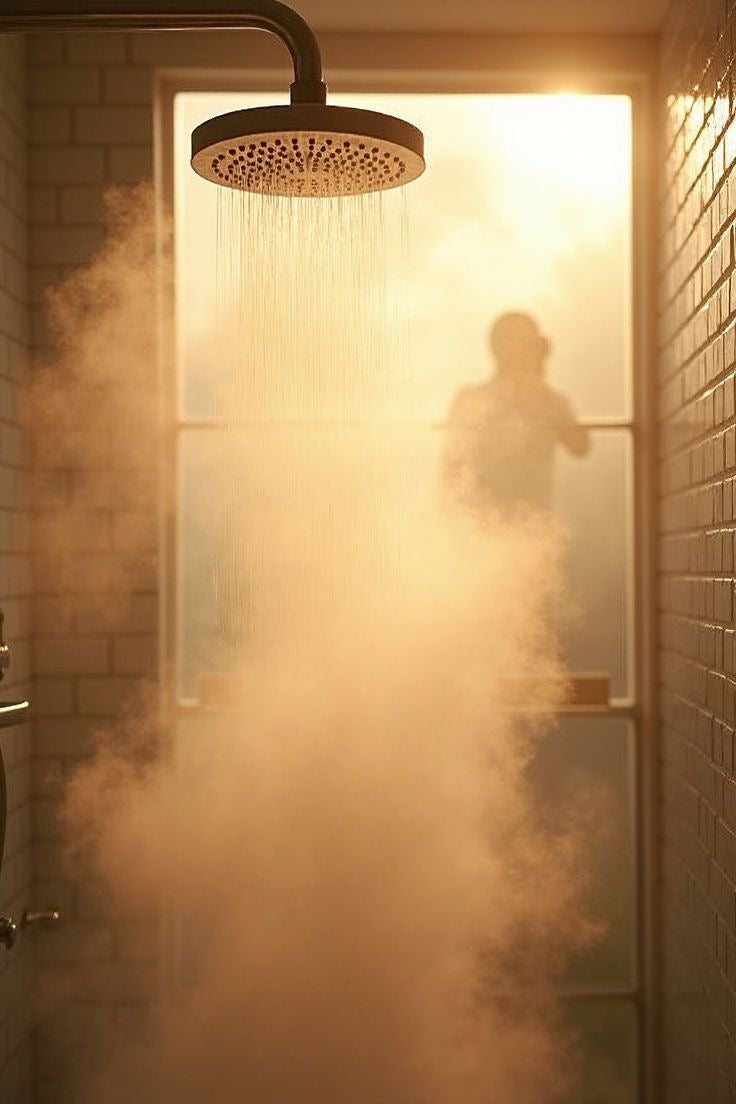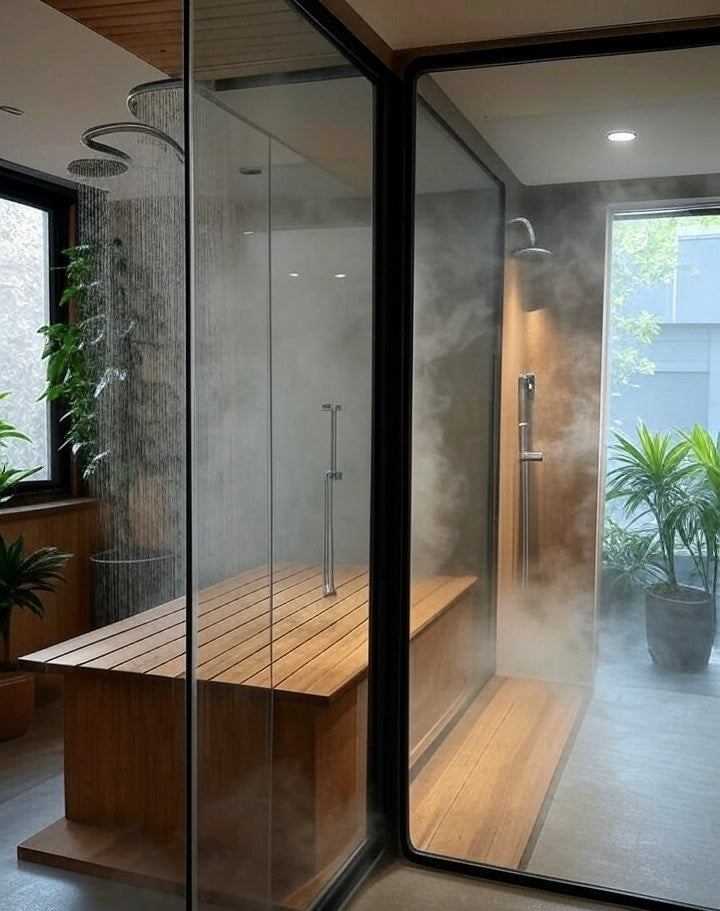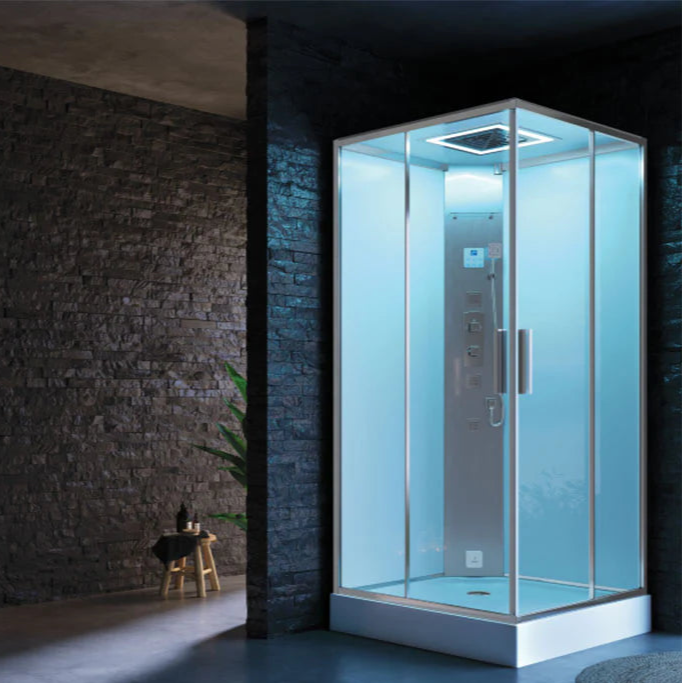Feeling grotty and sniffly? A Steam Room or Steam Bath might just be your new best friend. The short answer: yes, steam showers can help when you’re sick. They ease congestion, soothe aches, and may help you breathe easier. Read on to discover the steamy science—and the best way to do it right.

The Soothing Power of Steam for Illness
Steam therapy has long been used to help ease symptoms of common illnesses. Warm, moist air works wonders for the respiratory system, especially when you're bunged up.
It helps loosen mucus, opens up nasal passages, and encourages better breathing. This is all thanks to how steam promotes ciliary movement—tiny hairs in your airways that help move mucus out of the lungs and nose.
Using steam inhalation regularly while ill can reduce sinus pressure and help clear congestion. Moist air makes breathing feel easier and can reduce throat irritation too.
Common Illnesses That May Benefit
A steam shower when sick can support your recovery from a variety of ailments. It's particularly helpful for:
-
Colds and the flu – by relieving nasal stuffiness and pressure
-
Sinus infections – thinning mucus and soothing swollen passages
-
Bronchitis – easing chest tightness and promoting mucus drainage
-
Allergies – flushing out allergens from the nasal cavity
Using a steam bath at the onset of symptoms may shorten the duration of mild respiratory issues.
Beyond Congestion: Additional Comforts
It’s not just your nose that benefits. Steam therapy provides other comforts when you're under the weather.
It can:
-
Relieve a sore throat by keeping tissues moist
-
Soothe aching muscles and joints, especially if you’re flu-ridden
-
Help you sleep better by reducing discomfort and tension
-
Promote relaxation by calming the nervous system
Adding a short steam session to your routine might be the comfort blanket you didn’t know you needed.
Safe and Effective Steam Shower Practices While Ill
Setting Up Your Steam Environment
You don’t need a spa. A DIY steam shower is easy to create.
Turn on the hot water, shut the door, and let the steam fill the space. Sit or stand in the warm mist and take slow, deep breaths.
You can also drape a towel under the door to trap steam. Stay seated if you feel light-headed.
Duration and Frequency
Stick to 10–15 minutes per session. Longer isn’t better if you’re already feeling weak.
Use the steam shower once or twice a day during peak symptoms. If symptoms persist longer than a few days, consult your GP.
Hydration is Key
Steam causes sweating and can dehydrate you quickly.
Drink water before and after your steam shower. Herbal tea or warm lemon water can also soothe your throat and keep fluids balanced.
Enhancing the Experience with Aromatherapy
Essential oils can amplify the benefits of your steam therapy.
Try adding:
-
Eucalyptus oil – reduces inflammation and eases breathing
-
Peppermint oil – relieves headaches and opens airways
-
Tea tree oil – has antibacterial properties
Add 1–2 drops to a damp washcloth or bowl of hot water and place it near you. Don’t apply oils directly to your skin.
Important Precautions and When to Avoid Steam

When to Consult a Doctor
Call a doctor if your symptoms worsen or last more than a few days.
Seek help if you experience:
-
Chest pain
-
Shortness of breath
-
High fever
-
Dizziness or fainting after steaming
Contraindications and Risks
Avoid steam showers if:
-
You have a fever above 38.5°C
-
You're pregnant (unless cleared by a doctor)
-
You have heart issues, high blood pressure, or other serious health conditions
-
You feel dehydrated or overly weak
Steam shower dangers include overheating, fainting, or worsening certain medical symptoms. Be cautious.
Hygiene and Cleanliness
Whether you're using a personal unit or a public Steam Room, hygiene matters.
Wipe down surfaces before and after use. If you're ill, it's best to avoid public steam baths to prevent spreading germs.
Use a clean towel, wear flip-flops, and disinfect regularly if sharing a home shower.
Takeaways
-
Yes, steam showers can help when you’re sick—they relieve congestion, soothe sore muscles, and promote better sleep.
-
Stick to short, daily sessions, stay hydrated, and use essential oils if you’d like an extra boost.
-
Avoid steam if you have a high fever or underlying health issues, and always keep things clean.
A touch of steam could be just what your poorly body needs—just don’t forget your water bottle!






